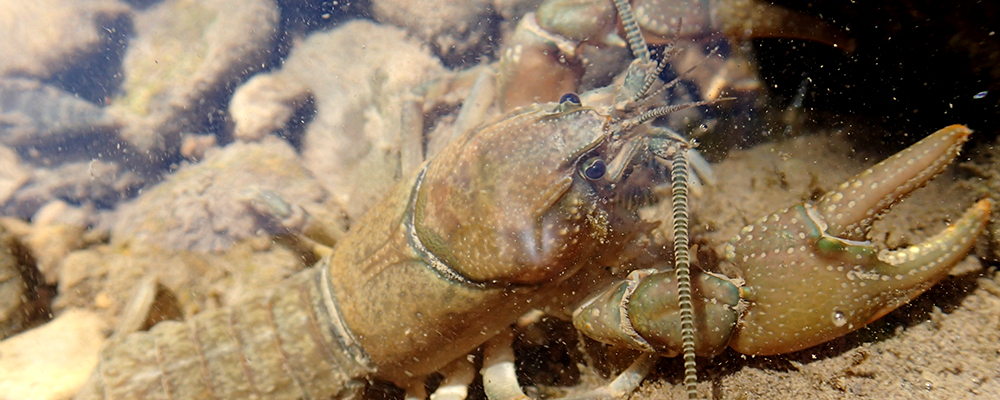Aquatic Ecology

ESI’s aquatics team comprises professionally certified biologists and ecologists offering a comprehensive suite of services supporting resource management inventories and regulatory compliance including the Endangered Species Act and Clean Water Act. Regardless of whether projects involve crossing small streams or large rivers, ESI addresses concerns ranging from water quality and streamflow assessments to mussel, crayfish, fish, and macroinvertebrate communities, and leverages unique, insightful experience encompassing both informal and formal consultations with the U.S. Fish and Wildlife Service. Specialized and diverse staff possess an exceptional level of regulatory expertise allowing early identification of potential issues and expedient solutions for overcoming project obstacles. ESI routinely manages complex projects other consulting firms struggle to complete.
Habitat assessments document potential and/or suitable habitat for aquatic species’ use, occasionally providing data sufficient to meet project needs. When additional information is required, detailed assessments evaluate habitat characteristics requisite for meeting regulatory mitigation or conservation mandates and facilitate an approach for offsetting project impacts. ESI completes assessments following federal/state established protocols and guidance. If standard guidance is not in place, ESI’s professionals apply best available science for designing agency-validated, species-specific protocols and data collection methods aimed at averting costly project delays.
ESI’s malacology services range from simple habitat assessments at stream crossings to comprehensive inventory and relocation surveys and salvage for projects across the country. Standard survey methods include linear transects, timed searches, pivot searches, bank searches, quadrat sampling, excavation sampling, spot-dives, video transects, and live counts implemented by experienced, TWIC-certified divers trained in applicable safety protocols.
ESI’s ichthyology-related services encompass a wide variety of undertakings such as survival studies at hydroelectric facilities, disturbance-monitoring plans for the mining industry, maintaining unencumbered fish passage (via consideration of culvert size, configuration, and design) for private landowners and Departments of Transportation, long-term population monitoring, contaminant sampling, food web analysis, and inventories and surveys for rare, threatened, and endangered species. ESI’s ichthyologists employ back-pack and tote barge electrofishing equipment, night and daytime boat electrofishing, seines, hoop nets, trap nets, trawls, and gill nets and are fully equipped to sample waterbodies of all sizes.
ESI aquatic macroinvertebrate specialists employ a variety of assessment methods for data collection and analysis including the U.S. Environmental Protection Agency’s Rapid Bioassessment Protocols, Invertebrate Community Index, EPT Index, Hilsenhoff Index of Biotic Integrity, Shannon-Wiener Diversity Index, and Kentucky Division of Water’s Methods for Assessing Biological Integrity of Surface Waters. Aquatic macroinvertebrate studies are completed by certified ecologists and typically comprise a component of water quality biomonitoring studies.